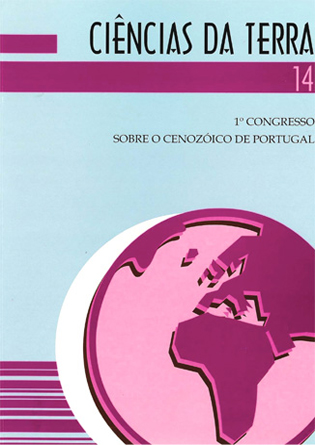Assinatura tectono-sedimentar do auge da compressão bética em Portugal: a descontinuidade sedimentar Valesiano terminal-Turoliano
Abstract
Key words: Cenozoic; basin analysis; alluvial deposits; palaeogeography; brittle tectonics; betic compression; Portugal. An Upper Miocene importan! sedimentary break can be accuratcly recognised in lhe porrugucse basins and is reflected by a drastic palaeogeographic change ln relation to a huge-scale tectonic event of probable uppermost Vallesian-Turolian (9,5 Ma; middle Tortonian) age. The characterisation of the sedimentary record ofthis tectonic event, as well as its relations with interpreted active faults is made for different situalions: Douro (NW border), Mondego, Lower-Tagus and Sado Tertiary basins. The sedimentary record, considered upper Tortonian-Messinian ? (uppermost Vallesian-Turolian ?) is interpreted mainly as endorheic alluvial fans (internal drainage). developed along active NNE-SSW indent-linked strike-slip faults and NE-SW reverse faults. At NE Portugal, proximal fluvial systems of fan endorheic hydrographic network drained eastwards to the Spanish Duero interior Basin. The main evidences of the betic compression climax in Portugal mainland are presented; the interpreted active tectonic structures are in accordance with an intense NNW-SSE crustal shortening, but some regional differences are also documented.Downloads
Issue
Section
Articles






